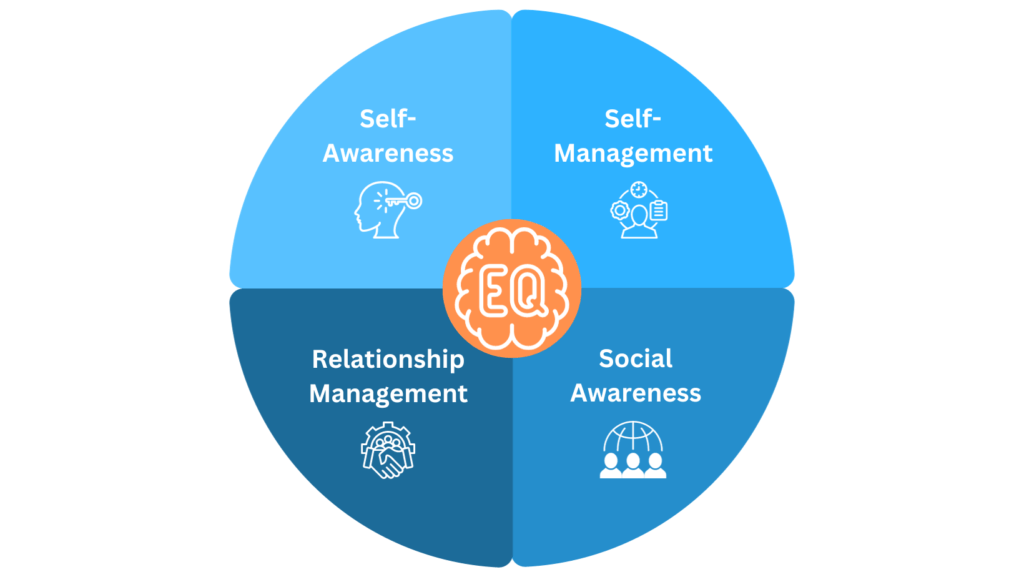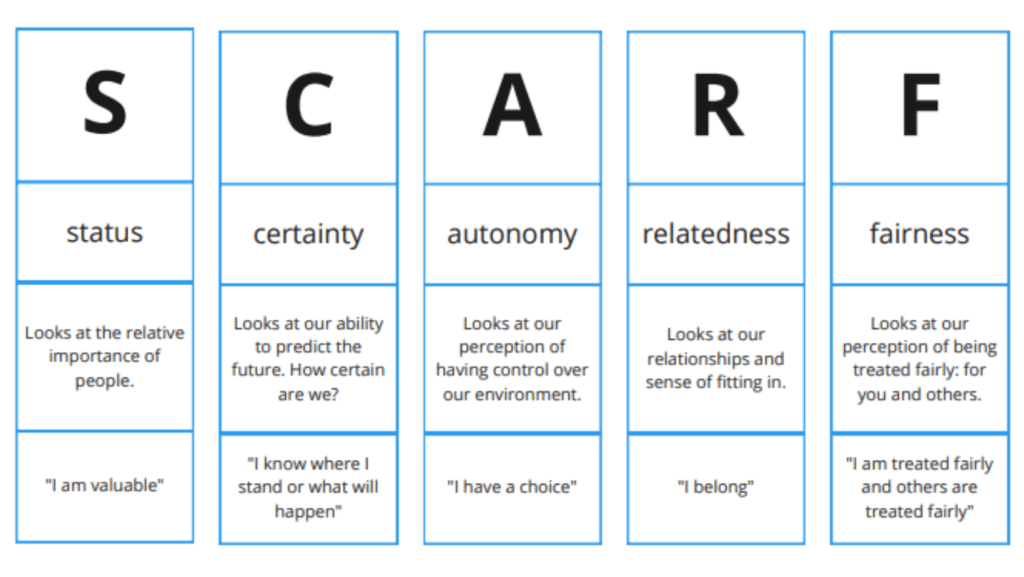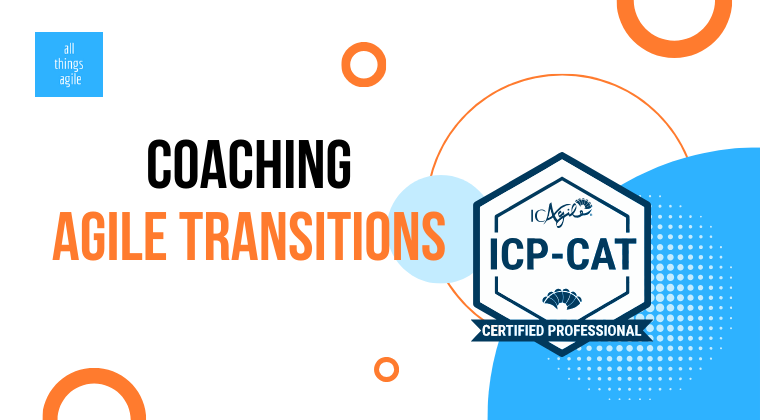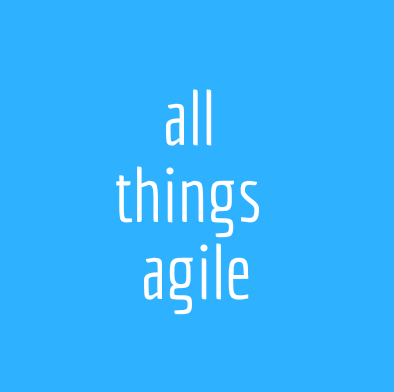
The market is shifting in the agile space, especially for agile leaders and coaches.
If you are looking to become an agile coach or apply for any position in the agile leadership space this year, there are 5 must have skills that you can’t overlook.
If listening to me is more what you are looking for, go ahead and watch it here:
While leadership was never a beginner space, you are now expected to be a multi-dimensional leader. A multi-dimensional leader is a leader-doer, one that can coach and inspire, and at the same time roll up their sleeves and show how it’s done when necessary. And that brings us to the very first skill:
1. Advanced Agile Practices
You probably know some agile frameworks like Scrum, Kanban or SAFe. That’s a good start, but it’s not enough to be a successful agile coach in 2024 and beyond. Why? Because frameworks are too generic and a little bit rigid, requiring you to adapt your teams and organizations to them. They don’t fit your specific context and needs. They also force you to adopt roles that may not make sense for your organization, making things more complicated than they need to be.
You may be wondering, if frameworks are so bad, why do so many “agile organizations” use them? And why do some organizations that ignore frameworks do so well? The answer is simple: frameworks are not the solution by themselves. The underlying patterns of agility are what you need to understand. Once you do, you can even create your own agile framework.
To really solve the problems that limit your agility (your ability to adapt to change quickly and smoothly), you need more than tools. You need practices that are independent or correlated, that you can mix and match to suit your situation. Practices like:
- queueing theory, to reduce your lead time and cycle time and avoid delays in your delivery. Or
- systems thinking, which offer tools to understand the complexity of your environment and how to deal with it. Or
- theory of constraints, to identify and eliminate the bottlenecks that slow you down. Or
- value stream mapping, to see the big picture of your organization and how to optimize it. Or
- preserving options, a big part of adaptive planning.
These are just some examples, and you don’t have to be an expert in all these practices, but you do have to be aware of them and how to use them.
You must get out of the generic agile bubble that many people are stuck in, thinking that a 2-day certification is enough. Don’t worry, I’m here to help. I’ve been coaching agile teams and leaders since 2012 and I’ve developed a model that helps you understand the key patterns for success and failure in agile. I call it Simple Agile, and I’ll share some of it with you soon. Stay tuned for more.
2. Coaching and Facilitation Techniques
Now, I mentioned inspire and coach as well, so as no surprise comes the skills of coaching and facilitation. These are not skills that you can just claim to have overnight. They are skills that you need to learn and practice. And they are skills that many people get wrong, so let’s level set.
What do I mean by coaching? I mean professional coaching that helps people grow and achieve their goals. You don’t have to be certified by the ICF, but you do have to know how to be fully present with people, how to listen deeply, and how to ask better questions.
What do I mean by facilitation? I mean the skill of helping groups of people work through conflicts and make quality decisions. As a facilitator, you observe and point out what is happening in the group, and you make sure everyone has a chance to speak and be heard.
Why are these skills so important? Because they help you solve problems in a collaborative and effective way. Many specialists think that they can just tell people what to do when they see a problem. But that doesn’t work. People need to understand and agree on what the problem is first.
Let me give you an example to make this point:
There is a team who says they have too much work. What can an agile specialist say? They can say that the team needs to limit their work in progress, the famous WIP. And then the specialist goes on to bore people with how to prioritize their work.
I say bore, because most people already know that. Yet, they still don’t do the WIP management thing.
A coach will be curious and ask what they mean by too much work. A facilitator will make sure everyone shares their perspective on the issue and summarize it for the group. A coach will keep asking questions that help the group discover and understand what’s truly happening. In this scenario, the team realized they need to organize themselves differently, because they rely too much on one senior person, who is always overburdened.
Truth be told, when it comes to it, it’s much harder to ask questions than to just tell people what to do. It can become a great personal challenge for you, on top of being a great professional skill.
So there you go. Coaching and facilitation are your allies in those situations.
3. Emotional Intelligence
If you find it hard to ask more and listen more, you are not alone. It’s normal to want to solve a problem for people. But to reach that state of curiosity, you need to cultivate your emotional intelligence.
Emotional intelligence, or EQ, is not just about being curious. It’s about being aware of yourself and of others. It’s about understanding and managing the emotions and relationships in your team. It’s about communicating with empathy, resolving conflicts, and building trust.

Remember the example I gave you before, about the specialist who came in and told the team how to deal with too much work in progress? That was a case of low EQ. The specialist was not curious. The specialist was not empathetic. The specialist was not aware. The specialist just assumed, taught, and solved. Maybe even tried to show off a bit.
But that’s not how you solve problems in agile. The problems you face are not simple and clear. They are complex and subtle. You saw how the specialist missed the real problem. But even if the specialist got the problem right, the team would not listen. Why? Because the specialist had no rapport, no connection, no respect.
You don’t want to be like that. You want to be someone who people trust and seek for help. You want to be someone who can lead and inspire. How do you do that? You start with yourself, as always. Self-awareness in this case. That’s the first domain of EQ. You need to know yourself before you can know others. You need to reflect on your feelings, thoughts, and actions. You need to ask for feedback and learn from it.
Self-awareness is the foundation of EQ. Once you have that, you can work on the other domains. For communication, for instance, you can explore the SCARF model by David rock:

In fact, for that one I have a previous post you might find helpful.
In any case, Emotional intelligence is not something you have or don’t have. It’s something you can develop and improve. It’s a skill that you can practice and master. Think of it as a scale from 0 to 100. Where are you on that scale? How can you move up one point? What would that look like?
4. Agile Leadership and Change Management Practices
The next skill you need to master is a combination of agile leadership and change management. What does that mean? It’s all about leading change and helping others navigate change.
It means you are skilled in crafting a clear vision and goal and setting clear expectations (and helping others do it too). And by doing that, you can empower teams to be more autonomous and more effective. It’s the ability to paint the picture so people can see what the future looks like. You can’t achieve a fuzzy goal, because you’ll never know when you hit it.
For example, if people want to be more efficient, you could ask them questions like:
- Who sees the difference when you are that efficient?
- What are you doing differently?
- Why does efficiency matter?
- Have you been like that before?
And so on.
You also need to set boundaries for goal and change. Imagine those are the containers where change happens. You could ask:
- How much change can happen?
- How far can the team go?
- Who is involved?
People need to know their limits so that they know in what and who to ask for support.
And lastly, you are good in defining and helping others define clear metrics for success, because you can’t improve things you are not measuring. If you improve on something, there is a current state and a future state and a way to assess the gap!
This clarity and negotiation will help you overcome resistance, which is everywhere when we talk about change. Change is constant, but also hard and scary. You need to help your team and organization cope with it. A great way is to know how to design and run change experiments, not big and risky transformations. Not all change is disruptive.
I recommend you learn at least one change model, such as ADKAR, Schein’s, Kotter 8 steps, or the Satir curve. These models can help you understand the stages, challenges, and strategies of change in organizations.
If you want to learn more, check out my course Coaching Agile Transitions. It’s all about leading and managing change in agile. It’s a practical and hands-on course. I will only offer it twice this year. So, join my Agile Circle to get notified when it opens.

As an agile coach and leader, you are the role model for agility in your behavior and adaptability to change If you can make it, you will be well on your way of establishing a culture of continuous improvement.
5. Your Business Domain (as opposed to digital transformation)
Lastly, I am strongly encouraging you to go deep into your business domain, be it health care, government, technology, etc. You can’t use agile as a one-size-fits-all solution for every industry. That’s what many digital and agile transformations did wrong. They were too generic and impractical. You need to understand the specific challenges and opportunities of your industry.
Remember I said you are also a leader-doer? Here’s how: when people are open to options but have no clue what to do, they are looking at you to be able to show them how it’s done. So, from learning first how to hold back, be more aware, understand and connect with others, listen… and all the skills from before… finally in this fifth skill we are talking about the level of mastery where you actually bring your insights. You tell people what you know. Yes, you are allowed to!
And it is based on true experience. Yours and others in the field. Because you can and should be learning from others to speed up your impact.
There’s too much generic agile advice out there. When you give advice _ and agile coaches do give advice every now and again _ you must be very specific and tailored in what you say. Nobody hires agile coaches as motivational speakers. They hire you for expertise. And this level of mastery will be a key differential moving forward in the realm of agile change makers.
If you want to know more about the agile coach as an advisor, I have a blog post here that you might want to check out.
In conclusion
Don’t sweat if these skills seem like a lot right now. Whenever things seem overwhelming or too much I just go for the next best step. You could use the following questions to decide where to hone in on for the next cycle of learning:
- Which of these skills seems the easiest, or one I already have some practical knowledge in?
- Which one am I severely lacking in?
- Which one could create the most impact for me right now?
- Which of these skills gets me curious or excited?
When you have command of the intricacies of your industry, combined with your awesome coaching abilities and EQ, you are setting yourself up for so much professional success in the years to follow.



